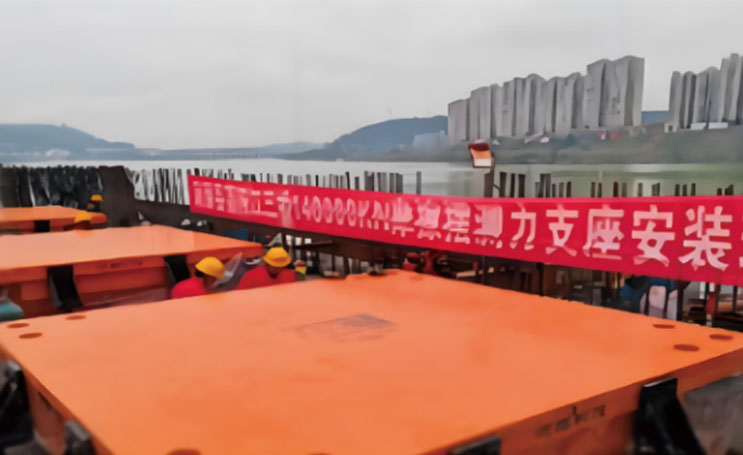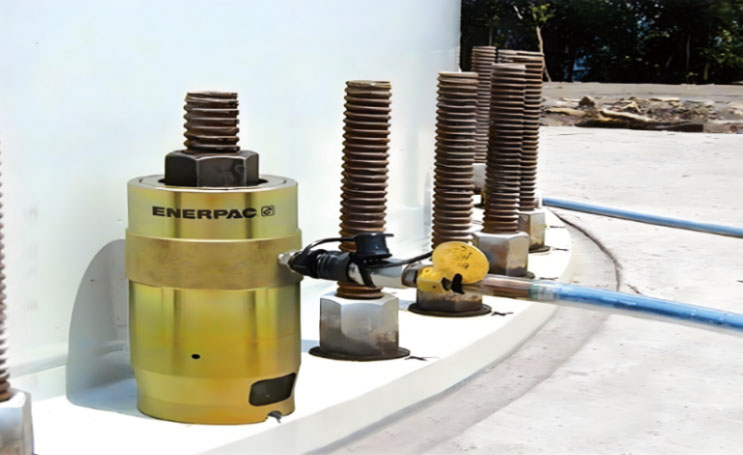
TWINSA
Engineering Challenge
Reveal Boundary Force
Critical Connectors: What Are They?
In Structural Engineering, bearings, cables, and bolts are regarded as critical connectors because they serve as:
Boundary Conditions & Constraints: These components act as load-bearing constraints that define how forces are transmitted and distributed throughout the structure. The load states of these connectors function as reaction forces in response to external loads, providing key insights into the structure’s overall load distribution. Adjusting their condition — such as adjusting the height of bearings or tightening cables — directly influences the internal force distribution and can enhance the structural performance.
Critical for Structural Integrity: They are critical for structural integrity; failure of these components can compromise the entire system.
Redundancy: Usually, designers include "more than enough" connectors in the structures for improved load distribution and greater resilience, making structures statically indeterminate*.

The fable of "three monks carrying water," which underscores the importance of collaboration, serves as an analogy for a statically indeterminate structure, where the coordinated effort of all critical connectors is essential for maintaining stability.

Three 14,000-ton Smart Pendulum bearings (supplied by IEC Inc., the world's largest by load capacity) are installed. Their high load and stiffness make the load distribution highly sensitive to sub-millimeter height variations

SoFi Stadium: The roof’s self-weight is transferred to the lower structure via 6,376 sliding plate bearings (Supplied by IEC Inc.) and cable systems, forming a complex statically indeterminate structure.

The wind turbine tower is anchored to the base using high-strength bolts. Even load distribution will be achieved during installation, but various factors such as vibrations can cause changes in the bolt preload force.
*Statically-indeterminate: structures that have more unknown forces than available equilibrium equations to solve, involving more constraints than needed for stability, providing extra strength and redundancy. For example, a beam with three supports instead of the two would be statically indeterminate.
NEXT









